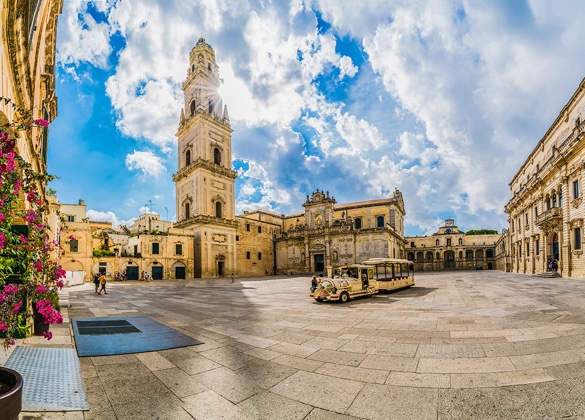
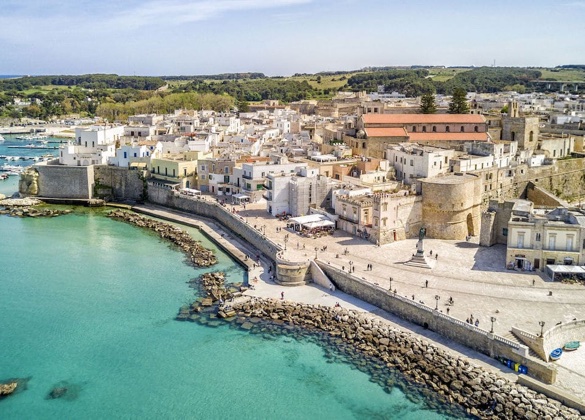
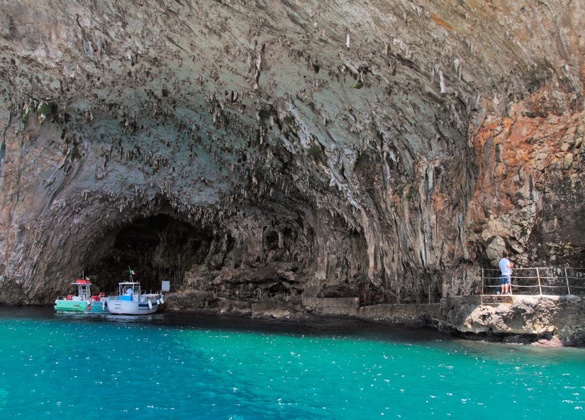
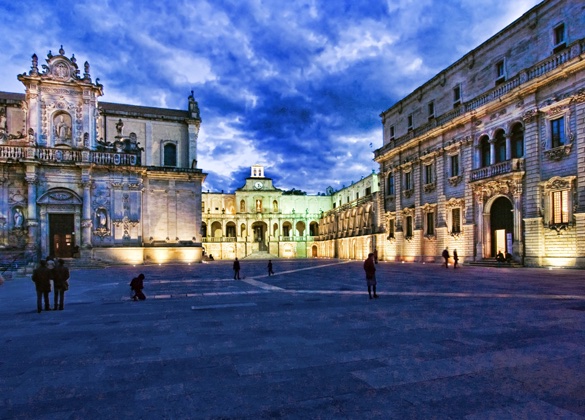
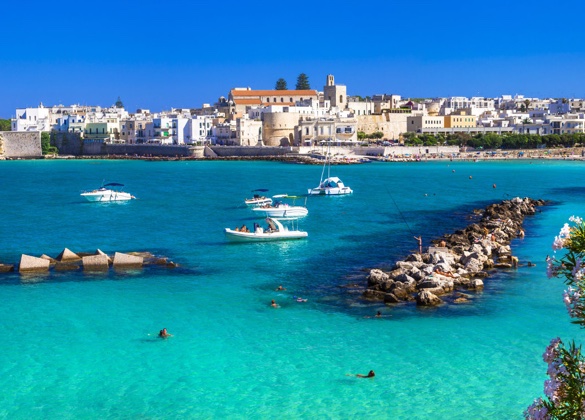
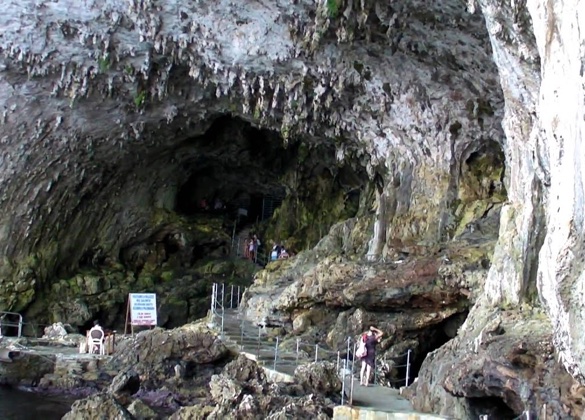
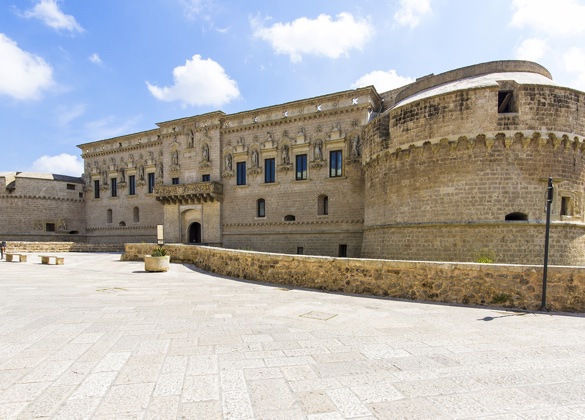
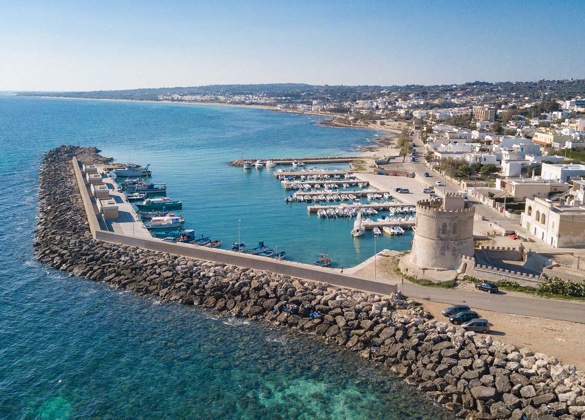
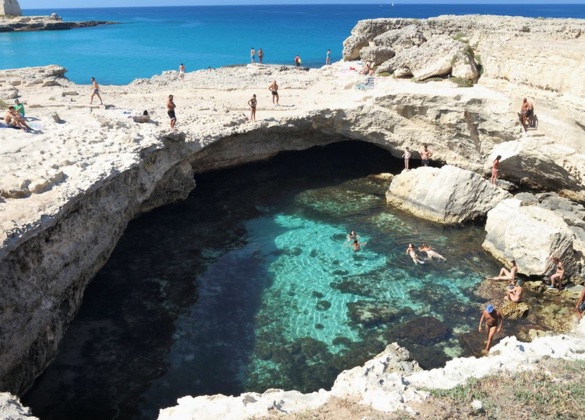
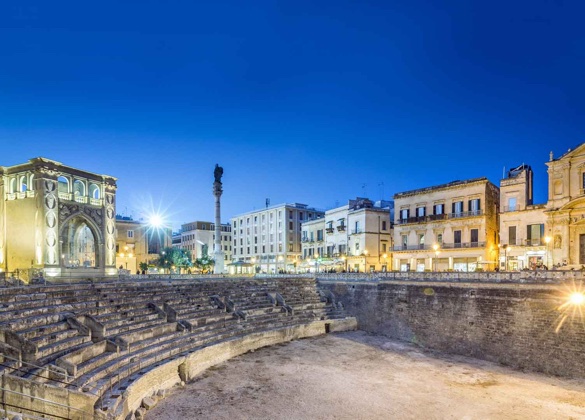
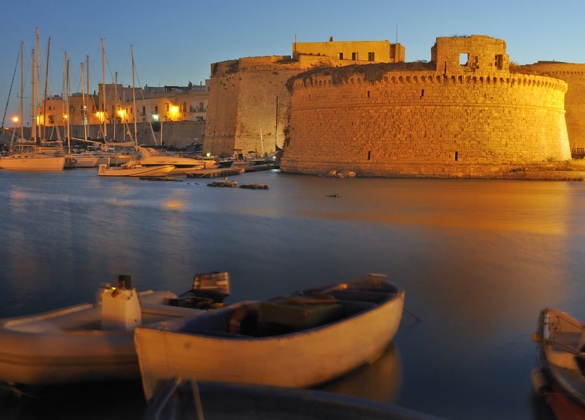
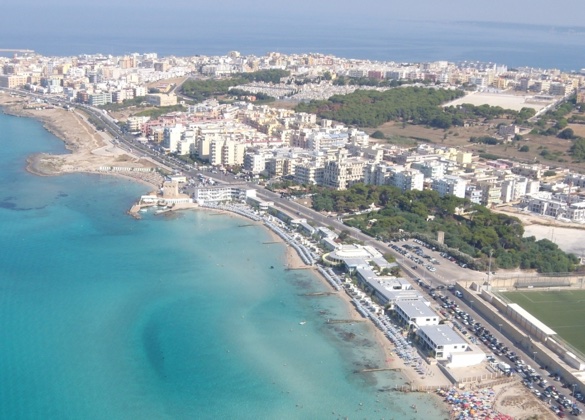

GALLIPOLI
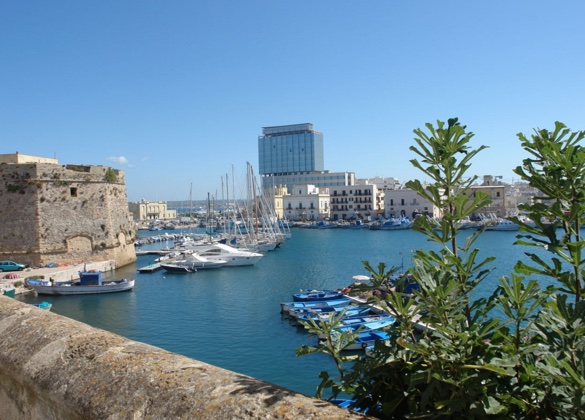
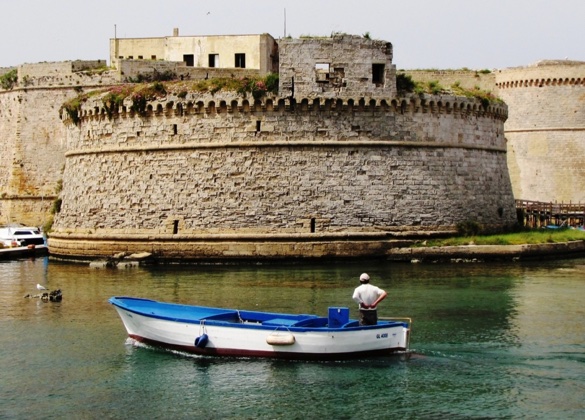
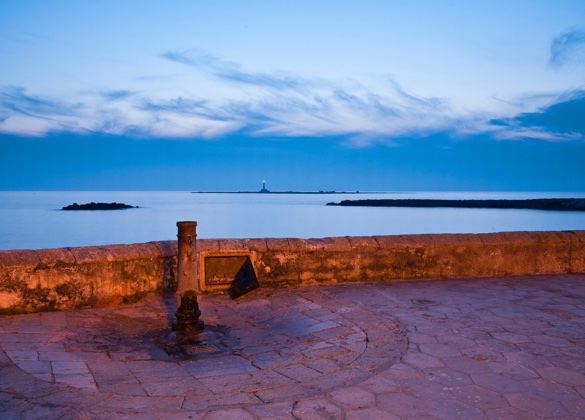
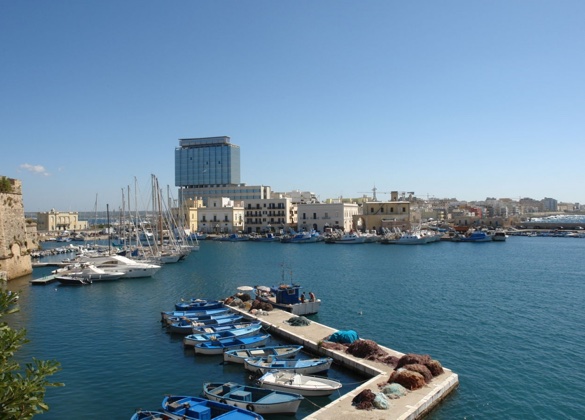
The city is divided into the new village and the old village (Borgo Nuovo and Borgo Antico). The Old City of Gallipoli is comparable to an island completely lying on the sea and connected to the mainland - and to the new area - by a stone bridge. This side is absolutely worth a visit: full of ancient palaces and churches in Baroque style, it was built by the Greeks as a sort of labyrinth, where all the streets cross one into the other, between the houses with white walls and blue cornices, all marking paths that all lead to the city walls overlooking the port. At the beginning of the bridge that connects the Borgo to the Old City stands the "Rivellino", an Angevin-Aragonese Castle. Inside the historic center, there is also a small beach, called Spiaggia della Purità, named after the Church located exactly above the beach, which is accessible via a flight of stairs that connects this side of the town with the port. Here is preserved the Statue of Santa Cristina - patron saint of the city - which is celebrated with a religious procession, lights and fireworks on July 24th.
However, Gallipoli is not just about history, culture and art. We have the sea (and it is no coincidence that the other name of the city is that of "Pearl of the Ionian"): a sky blue, velvety mantle that covers the south coast, mainly sandy, for about twenty kilometers and also extends to the north, along an area called Rivabella. We have nature: pine forests and plants typical of the Mediterranean scrub frame all the shores. You can also admire the Greek Fountain - a 16th century piece of artwork - located at the beginning of the stone bridge that connects the new with the old side of the town. Recently renovated, this fountain depicts the metamorphosis of mythological characters in bas-relief. Moreover, Gallipoli has several churches (each of these belonging to a single arts and crafts confraternity that represented the city: fishermen, carpenters, nobles...) including the Cathedral of Sant'Agata, the highest expression of Baroque architecture, and the church of San Francesco d'Assisi, where the statue of the "Malladrone" (as it is called in Gallipoli dialect) is kept in the altar of the crucifixion; literally the "bad thief", crucified next to Jesus, it is a wooden statue of great artistic value, whose face features a mocking grin, which appears so incredibly realistic that the statue was defined by Gabriele D'Annunzio, in one of his writings, as a masterpiece of "horrid beauty". Today, Gallipoli has become one of the most important tourist attractions in Salento and in the whole Italy. The town has learned a lot and is improving itself, giving more and more importance to tourism, without ever neglecting the history and traditions of its people.
